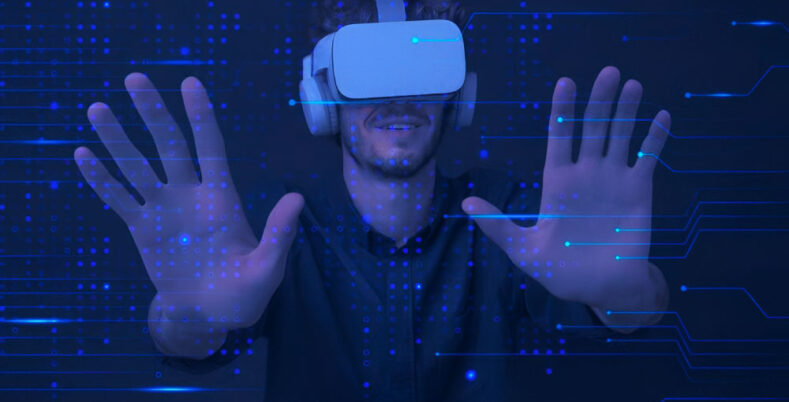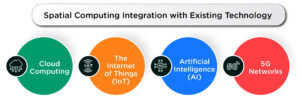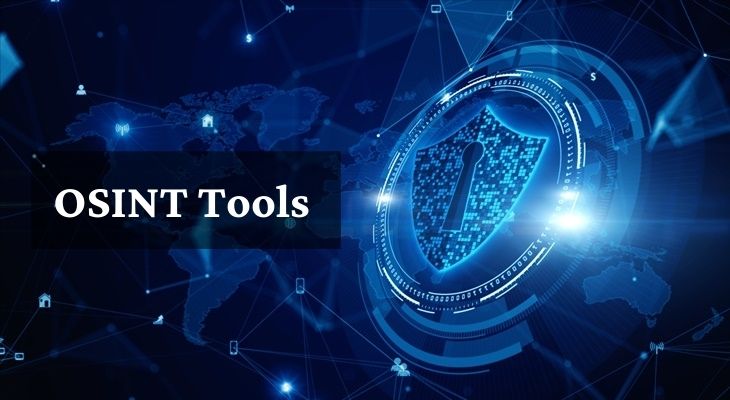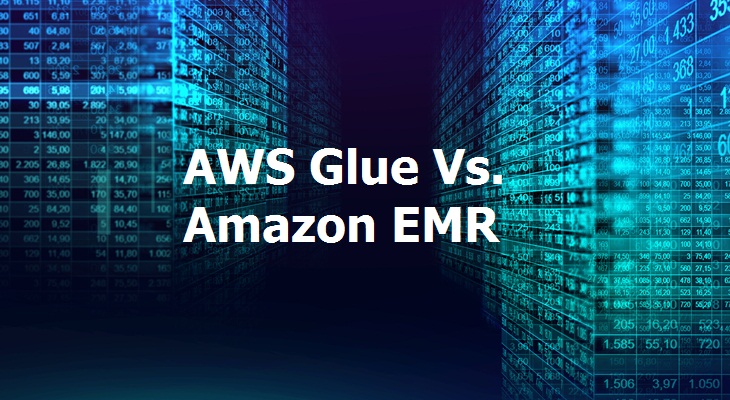In recent years, spatial computing has emerged as a highly discussed topic in the tech industry. But what exactly is it? Where does it connect to the technology systems we employ today? In this blog, we shall look further into this computing and ways through which existing technologies may be interconnected to produce differences in our lifeline and business activities as well.
What is Spatial Computing?
Spatial computing is a term used to describe the interaction of technology with the physical world in real time. It is the integration of the digital and physical worlds, bringing experiences that are understandable and manipulable by users in a more intuitive manner. This computing involves the use of devices such as augmented reality (AR), virtual reality (VR), sensors, and computer vision to interact with and process data from the real world.
It is like using a smartphone to look at directions on a map. The device knows where you are, and the directions change according to your location.
With this computing, this interaction is much more dynamic and immersive. It enables richer, more interactive experiences than just "viewing" data and it allows you to interact with the world around you in a way that feels natural.
The Fundamentals of Spatial Computing Integration with Existing Technology
The integration of this computing with existing technology systems seems to be complicated, but it is easier than that. This is a general process involving the combination of this computing with cloud computing, IoT, AI, and 5G networks. Let's see how these technologies interact.
1. Cloud Computing
Many modern applications and systems rely on the foundation of cloud computing. It provides the storage and processing power necessary to deal with large volumes of data. In spatial computing, cloud services are utilized for processing and storing large amounts of data captured in real-time by sensors, cameras, and other devices.
For example, while using AR glasses, the device will collect all the information about the user’s surroundings, it may be distances, objects, and individuals. All this information is then sent to the cloud, from there, it will be processed and then retrieved and returned to the glasses as useful information, such as navigation directions and interaction instructions with virtual objects.
By using the cloud, this computing is capable of heavy processing without overloading the device that the user possesses. This also allows quick updating and new features as these cloud-based systems evolve all the time.
2. The Internet of Things (IoT)
Spatial computing also goes very well with IoT, as it collects data from all of these connected devices. For instance, in smart cities, it can be used for monitoring traffic, energy consumption management, or public safety tracking. By merging the data of IoT devices with this computing, cities can better serve their residents. The city will make better service delivery to its residents by combining computing data with the Internet of Things.
For example, when a person walks into a smart office, IoT sensors will indicate the presence and will consequently adjust the lighting and possibly the temperature and project other important data on a blank wall using augmented reality to enhance efficiency and convenience during interaction between the physical environments and digital systems.
3. Artificial Intelligence (AI)
Artificial intelligence will be fundamental in helping the spatial computing systems to look at and understand the world. By using AI algorithms, this computing can process images, recognize objects, and even understand the context of a scene. It provides feedback or recommend actions in real-time.
For instance, in a warehouse, AI-powered computing systems can guide workers based on information about the location of products and show the most efficient pathways to take. These could also track inventory and eventually predict future stock needs due to current trends.
AI makes this computing more than just adding value to basic functions, by allowing it to analyze patterns into complex decisions and adaptation to constantly shifting environments, making its associated technology systems more intelligent and responsive.
4. 5G Networks
Data transfer in spatial computing requires fast reliability to operate efficiently. This role falls under 5G technology which promises faster speeds, and more simultaneous connections of the connected devices.
It often requires instantaneous processing of data, where 5G makes this possible. With 5G, devices such as AR glasses, smart cameras, and sensors can communicate quickly with servers in the cloud and the other devices to create a seamless experience for the users. Whether it be in gaming, healthcare, or education, 5G can make this computing work instantly without delays.
Practical Examples of Spatial Computing Integration
Now that we have learned how this computing interfaces with other technologies, let us explore some examples in the real world:
- Retail: In shopping, this computing can assist in visualizing products at a customer's home before the purchase, using AR, which also helps in ensuring smoothness by being integrated with cloud services so that data remains updated.
- Healthcare: Doctors can use AR glasses to layer patient data and medical images in real-time during surgeries. AI helps by analyzing the patient's condition, while 5G technology ensures that the data can be processed quickly and accurately in real-time.
- Manufacturing: In the factory space, spatial computing can actually guide workers through complicated assembly through AR instructions. IoT devices can observe the health of machinery as well as have cloud-computing perform data stores and analysis on performance-a data that can be used for predicting machinery maintenance needs.
- Education: This computing can create an interactive learning experience within classrooms. Students can interact with 3D models of the solar system, historical landmarks, or complex molecules while the system tracks their progress and adjusts lessons in real time.
Wrapping Up!
Spatial computing is not a futuristic concept but rather changing everything that makes up the human landscape interact with the world around us. By integration into related existing technologies like cloud computing, IoT, AI, and 5G, it improves the capacities of these common systems by making them more intelligent and interactive.
Whether it is in creating immersive AR experiences, improving operational efficiency, or real-time data analysis, this computing with other technologies offers a wide array of possibilities for most industries. We can look forward to changes that will make life and work easier.
Visit KnowledgeNile today, to learn more about such informative blogs!
FAQ
1. How Does Spatial Computing Technology Work?
A. Spatial computing works by blending the digital and physical worlds using devices like AR glasses and sensors. It processes real-time data to create interactive experiences that feel natural and intuitive.
2. What Are the Benefits of Spatial Computing?
A. It encompasses better user experiences, task efficiency, and real-time data analysis for improved decision-making. It makes technology more engaging and easier to use.
3. What Is the Significance of Spatial Data Integration?
A. Spatial data integration is necessary because it allows integration of data from different sources. That way, the view provided is more vivid on actual scenarios. It then yields much better insights and a decision that is much better in most fields.
4. What Are Examples of Spatial Computing?
A. Examples of spatial computing include AR apps that let you visualize furniture in your home before buying, smart glasses that overlay patient data during surgeries, and interactive learning tools that let students explore 3D models in classrooms.
Also Read:
What is Neuromorphic Computing? All You Need to Know
Understanding Remote Procedure Call (RPC) in Distributed Computing






